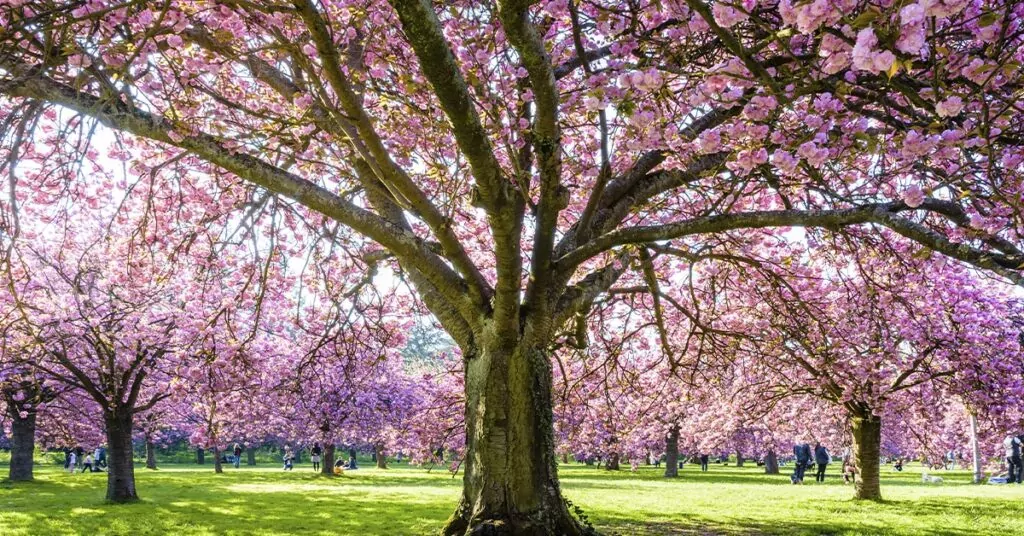As the end of winter approaches and early spring arrives, it is essential to start thinking about tree care. Trees can face a lot of stress during the winter months, and ensuring they are healthy and prepared for the new growing season ahead is essential.
Keep reading to learn some best practices for end of winter and early spring tree care.
Inspect Your Trees
The first step in taking care of your trees during the end of winter and early spring is to inspect them. Walk around your property and look at each tree individually.
Take note of any signs of damage or disease, such as broken branches or discoloration on the bark or leaves. If you notice any issues, it is best to address them immediately to prevent further damage.
Prune Your Trees
Once you have inspected your trees and identified any issues, it is time to prune them. Tree trimming and pruning are essential to tree care as it helps remove dead or damaged branches, improve the tree’s overall structure, and encourage new growth.
Pruning should be done before the new growing season begins to give your trees the best chance of healthy growth.
Use the correct tools, including sharp, clean pruning shears or saws. It is essential to make clean cuts and avoid tearing the bark, which can damage the tree.
When pruning, aim to remove no more than one-third of the tree’s branches, as removing too much can cause stress and harm the tree.
Mulch Your Trees
Mulching your trees is another critical step in early spring and winter tree care. Mulch helps to retain moisture in the soil, regulate soil temperature, and prevent weed growth.
When mulching, be sure to use organic material, such as shredded bark or leaves, and spread it in a layer two to three inches deep around the tree’s base, taking care to avoid the trunk.
Water Your Trees
During winter, trees can become dehydrated, especially with little rainfall or snow.
Ensuring your trees get enough water is essential as the weather warms up. Newly planted young trees may require more frequent watering than established trees, as their root systems are not as developed.
Aim to give your trees a deep soaking rather than a light sprinkle, encouraging deep root growth. Water the tree’s base, without wetting the leaves or trunk. This is because excess moisture on the leaves or trunk can create a favorable environment for diseases to develop.
As a general rule, try to water your trees once a week during the spring and summer months, and more frequently during hot, dry weather.
Fertilize Your Trees
Fertilizing your trees can help to promote healthy growth and provide them with the nutrients they need to thrive. However, using and applying the right fertilizer correctly is important to avoid over-fertilizing, which can harm the tree.
Before fertilizing, it is best to have your soil tested to determine its nutrient levels. This will help you choose the right fertilizer and avoid applying too much.
Organic fertilizers, such as compost or manure, are a good choice as they release nutrients slowly and improve soil health. When applying fertilizer, follow the instructions carefully and avoid getting it on the tree’s trunk or leaves.
Protect Your Trees
Finally, it is vital to protect your trees from pests and disease. During spring, trees can be particularly vulnerable to infestations from insects such as aphids or caterpillars.
To prevent infestations, keep your trees healthy by following the steps above, and monitor them regularly.
If you notice signs of infestation or disease, it is important to take action immediately. This may include removing affected branches or treating the tree with an insect or disease control product.
It is best to consult with a professional arborist or horticulturist for advice on the best treatment options for your specific trees and the type of pests or diseases present.
In addition to pests, trees can also be damaged by extreme weather conditions such as high winds or heavy snow.
Consider installing supports or braces for weak or vulnerable branches to protect your trees from damage. You can also prune your trees to reduce their wind resistance and prevent damage during storms.
Let the Professionals Help!
Taking care of your trees during the end of winter and early spring is crucial for their overall health and longevity. Hiring an experienced arborist to handle your tree maintenance can help ensure your trees stay healthy all year.
At Iron Tree, our team takes pride in providing our clients with the highest level of service. Get your free estimate today!




